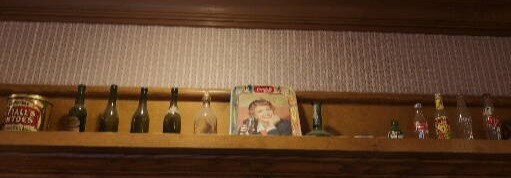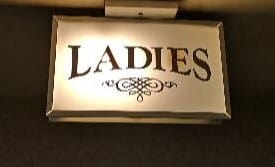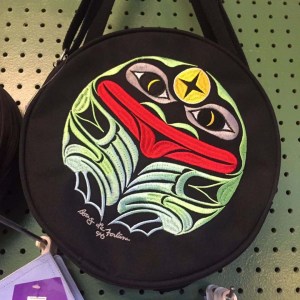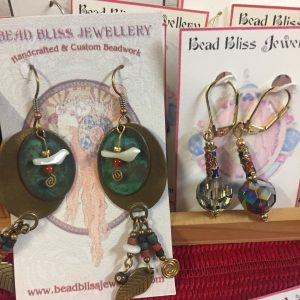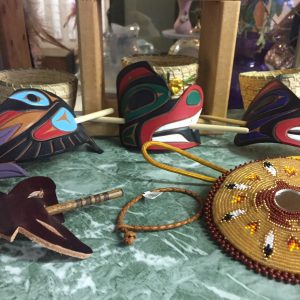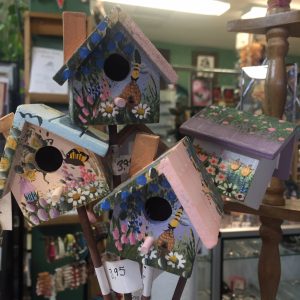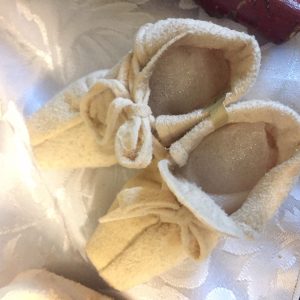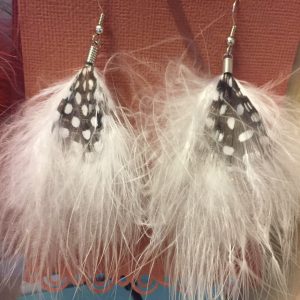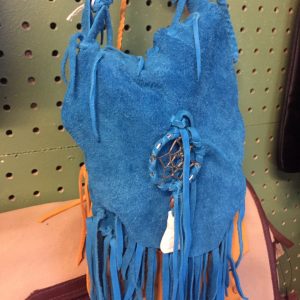Bees in the environment
The Future of bees
“Here in the Nicola Valley and all over Canada bees are on the decline.”
There are a number of different species of bees in the environment across Canada. These bees can be divided into two different categories, social and solitary. Social bees share the work of building and taking care of the nest while solitary bees have a very short lifespan in the air consisting of only 2-3 weeks.
There are over 450 species of native bees in BC and over 800 confirmed species of wild native bees in Canada. I am going to share a little info on two of the ones I like and will be adding to or helping on my little homestead.
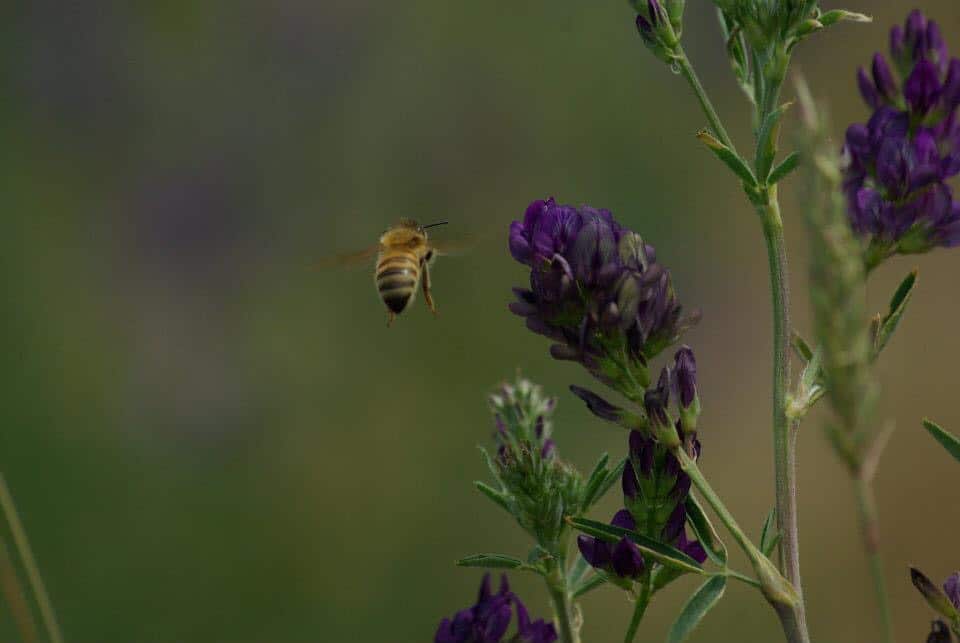
Bees in the environment are so important – Photo credit Michelle Lea’s Photography
Most people already know about honey bees in the environment. I myself am not going to talk to much about them in this blog. I am more interested in a couple of the native species of bees. The mason bee and the bumble bee.
What I was looking for
I live just outside Merritt, BC on a 10 acre farm and enjoy all kinds of wildlife. Not many people take the time to notice the little things like bees.
I always thought if I wanted bees to pollinate my flowers, fruits and vegetables that I would need to get some honey bees and learn how to keep them and produce honey for my family. While I was researching about different bees in the environment and one we know the most about (the honey bees), I came across some information on mason bees. This intrigued me because I didn’t have to do near as much work to keep them.
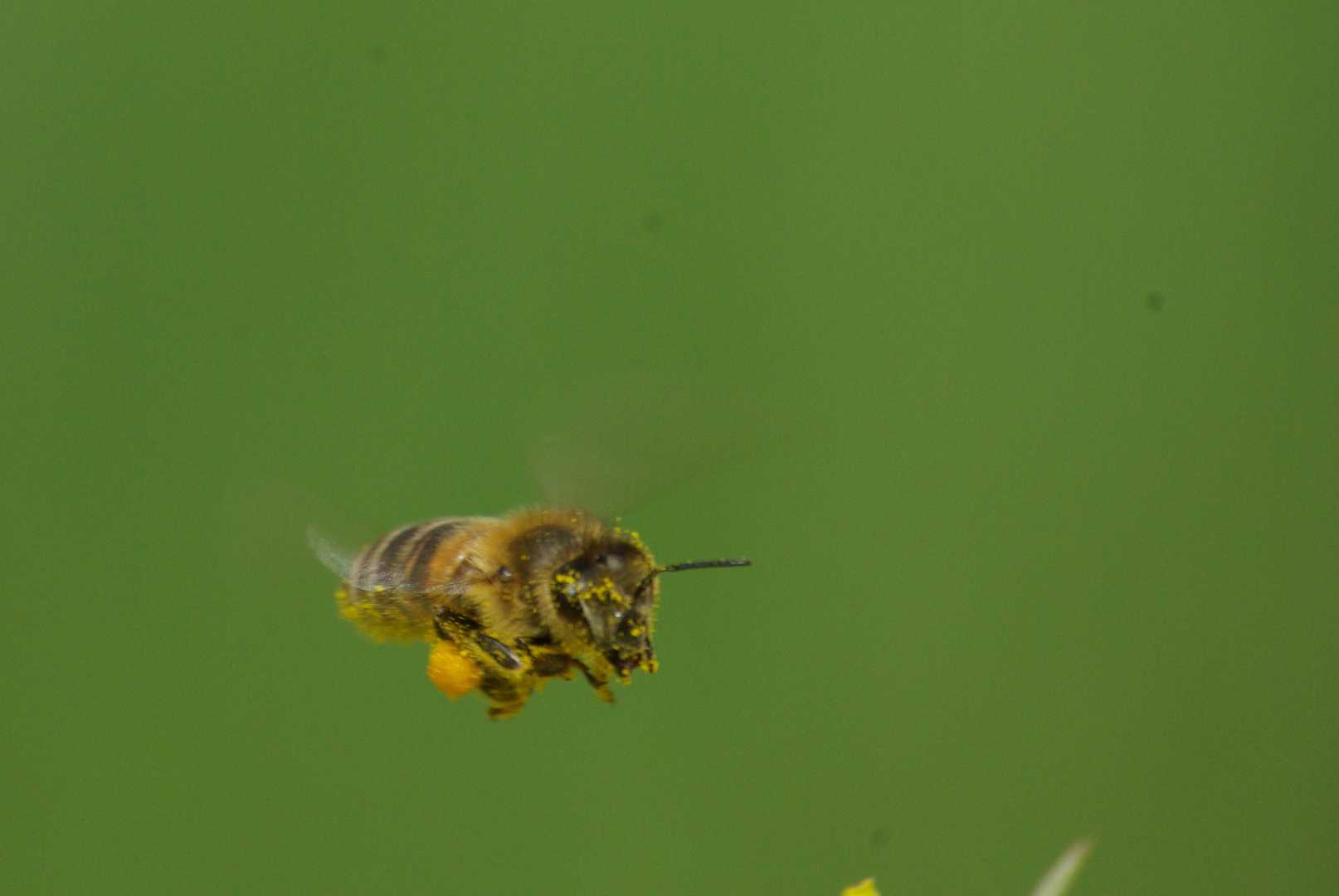
Bee with a load of pollen- Photo Michelle Lea’s Photography
Mason Bees
These little creatures are quite amazing. They are a solitary bee but do so much in such a little amount of time they are here.
Life Stages of the Mason Bee
Mason bees go through four stages of life egg, larva, pupa and adult. The first stage of life is spent inside the cell of the nest. The nest looks like a long straw divided into cell’s. Each cell has an egg and food left by the mother.
When the egg hatches the larva will have food inside the cell in which to eat. There is a rapid growth spurt during the larva stage. Once the larva goes into the pupa stage it can lay dormant for eight to nine months as it turns into the adult bee.
Once they emerge from the pupa stage they are ready to feed, mate and repeat the cycle. I am not sure if I have ever seen mason bees around Merritt or the Nicola Valley but, I will soon because I am getting some this spring.
The houses are so neat looking and they seem very easy to keep. The most common types of Mason Bees in the environment in the North West is Osmia Lignaria; Orchard or blue orchard mason bee.
Tips for Keeping Mason Bees
- Don’t be afraid of mason bees. Male orchard bees do not have a stinger and they are not aggressive because all the females are fertile so there is no fighting over mates.
- Make sure you have enough pollen. If there is not enough the bees will move on to other areas.
Nesting
- Nesting boxes. Keep them facing south on the walls of a garden shed, garage or other building. Make food available from with in about 300 ft of the nest.
- Mud. Mud is very important for bees in the environment as they use it to block the eggs into individual chambers. You or your little ones can make some mud pies. Keep them moist but not soupy and keep them away from the openings of the nests because the newly emerging bees are weak and you don’t want them falling in.
- Nesting material. Nesting material can be drilled out holes in logs (replace each year). You can purchase houses that have tubes in them or you can use pull apart wooden blocks. These can be great because they are easy to clean and sanitize. They are porous allowing moisture to escape

Photo credit Miller’s Farm Merritt BC
Watch your bees
- They are fascinating, seeing all the different stages and watching them build their nests. Coming back with pollen. Watch her finish the last mud plug, use a flash light at night and see the bees peaking out of the chambers at you.
- Keep your eyes open for predators. When they emerge from their nest birds like to go for the easy meals. They are like sweet little candy to them. You can try to avoid this by putting chicken wire over the tubes so birds can’t pull them out and eat the contents. You can also move them into a shed or garage once the busy season is over.
When to get ready
- Get your materials ready for spring. Keep the units in an area that will protect them from the wind and rain. Secure them well and on a bit of an angle outwards so the rain will drain off and keep the tubes from molding. Set nesting material out mid to late March.
- Don’t put it out to early or all your progeny could be mostly male. Make sure its on the South facing side as the bees need to warm up to 80 degrees for their wings to function. Exposure to direct sun is very important as they can soak up the sun even it’s only 58-64 degrees.
Harvesting your bees
- Remove the tubes when the bee tunnels are all sealed up. You can leave them out until the end of summer but run the risk of loosing them to predators.
- Give your cocoons a cool water bath 1/4 cup of bleach added. This will kill any fungus spores. Stir the cocoons for about 2 min and remove with slotted spoon and allow to dry.
- Select the best cocoons. Cocoons that sink in the cool water bath are not good. C-shaped cocoons can be a sign of fungal infection. Holes in the cocoon can be a sign of parasitic wasp infestation. Discard all of these.
- Refrigerate your cocoons. Store them in the fridge between 30-40 degrees F and about 60-70% humidity. By placing them in a plastic storage container with some small holes for ventilation and a damp sponge you should achieve no problem. Check now and again to make sure the sponge is still damp.
- Store this way until the outside temperature is a constant 50 degrees F.
- Nests need to be cleaned once all your bees in the environment have emerged. You don’t want to run the risk of pests, mites or fungus growing when the queens start to lay their eggs again.
Releasing your Bees
- Place the cocoons near the bee house you have set up. Putting them on top of the tubes inside the house until the bees emerge. This is a good way to protect them.
Attracting bees in the environment
- Attract different bees in the environment. Fruit trees, and native flowers with a variety of colors like blue, yellow, purple. Dandelions and clovers are great.
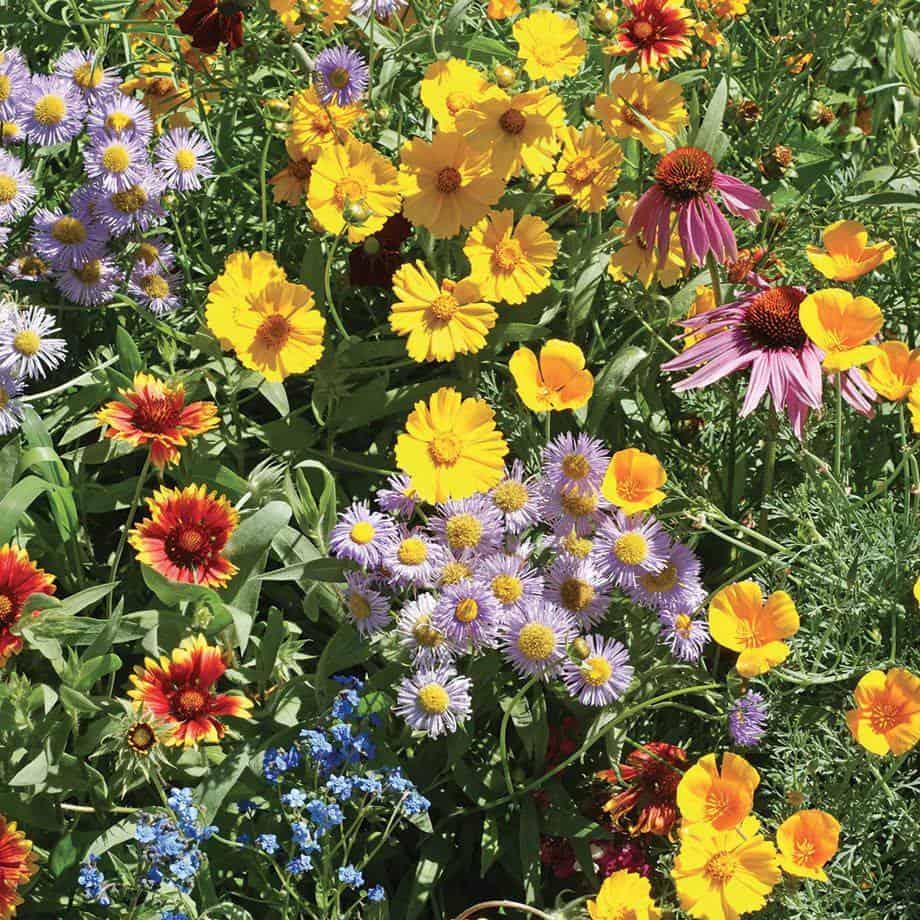
Photo credit Miller’s Farm Merritt, BC
How to make sure they have what they need.
Keep an eye out on which flowers and plants they frequent to learn which ones they like the best. Although they look like house flies you can distinguish them by looking for their antennae. The males you can tell apart from the females by the white hairs on the males’ heads.
Bees in the environment are very important. They are considered the best pollinators and help to grow our crops for food that we eat and feed to our animals. You can help by planting flowers that help the bees.
Bumble bees
Here in the Nicola Valley and all over Canada bumble bees are on the decline. But there are things that we can do to help. Plant a flowering garden with native plants. Use pesticides sparingly or better yet not at all. Look for and use natural ways to get rid of unwanted pests.
Bumble bees are the only truly social native bees. And to my surprise, the only native bee species that make honey.
The main difference between the bumble bee and the European honey bee is that the only one that survives to hibernate through the winter is the fertilized queens. Come spring she will find a new nest that may grow to include dozens of individuals and occasionally a couple hundred.
Bumble bees in the Spring
In the spring the queen will search out a suitable place to make her hive. Usually it will be underground in an old mouse burrow. She will lay around six eggs and when they hatch she will encase the larva in a cell with some food she has created from a mixture of pollen and wax.
Once the larva pupate she creates a cocoon. After a few days the Pupa emerge from the cocoon fully grown worker bees. They are ready to create a colony with their queen. The queen will keep laying eggs and repeating the process until the colony is the size she wants.
Summer
Summer the queen will start laying eggs that are intended to become worker bees and queens for next year. Once they hatch and become adults the worker bees will leave the nest in search of young queens to mate with.
The young bumble bee queens however will continue to live and work in the colony through the rest of summer and fall.
Fall
Once fall hits the young fertilized bumblebee queens will find a safe place to hibernate for the winter. Only these fertilized queens will survive for the winter.
Some interesting facts; Bumblebee’s don’t have a barbed stinger so they can sting a number of times. Male bumblebees don’t have a stinger at all.
Future of Bees
We can play our part in helping bees in the environment. The future of bees depends on what we do. Plant flowers, stop using pesticides that will kill them and make some places around your homes that will be inviting and safe for them to nest and reproduce.
There are so many species of bees in the environment, research and find a species that you can connect with. Do what you can to help that species. Above all, have fun. They are quite fascinating to study and watch.
How can you find out More?
There is a Bumble bee watch group where you can record and report when you have seen a bumble bee. The group is Friends of the Earth The Bee Cause. There is also a chart so you can identify the type of bumble bee you have seen. This will be very helpful with statistics and keep records of how many of the different species of bees in the environment there are.
Here is another way you can find out more information on bees. Ellen Miller from Miller’s Farm in Lower Nicola, BC is wonderful and so helpful. They hold a number of different bee keeping workshops. You can also purchase bee supplies and bees from Miller’s Farm when available. They will be reopening March 13, 2019
“We are having a free seminar on all types of bees, attracting them to your yard,on Sat April 27 from 1-2:30 pm. Also on May 4 from 1-2:30 we have a free seminar on honey bees for kids age 8 and up. Must be accompanied by a parent.. Our 6 week bee keeping course starts on Feb 19th and is $240.” Ellen Miller
Keep your eyes open for my upcoming blog from Miller’s Farm on the bee seminars and bee keeping course
In the mean time, I would love to hear what types of bees interest you, comment below. What are you doing to help the bees in the environment? You can also follow us on Experience Nicola Valley.

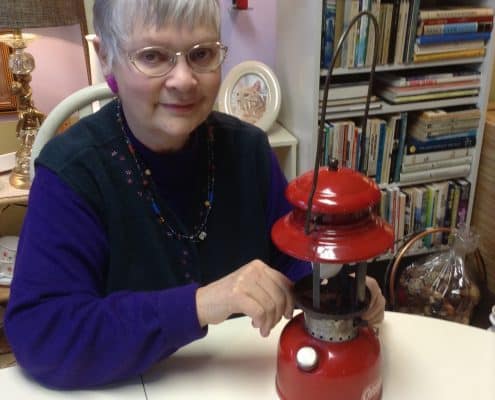

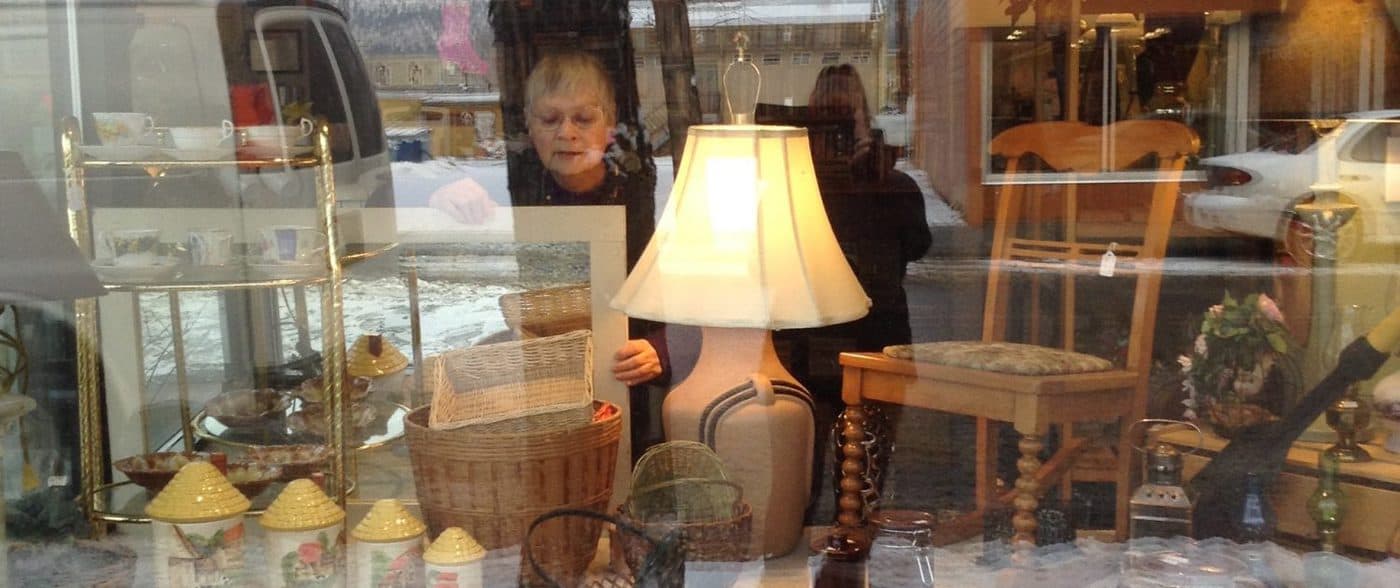
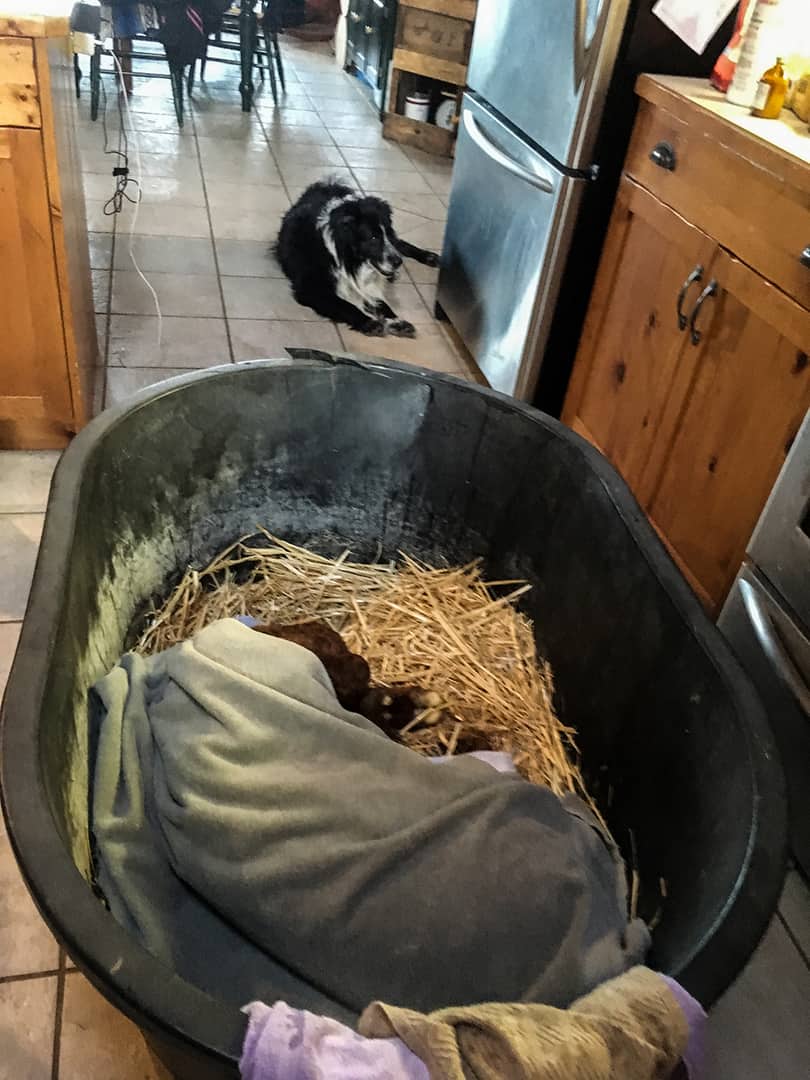
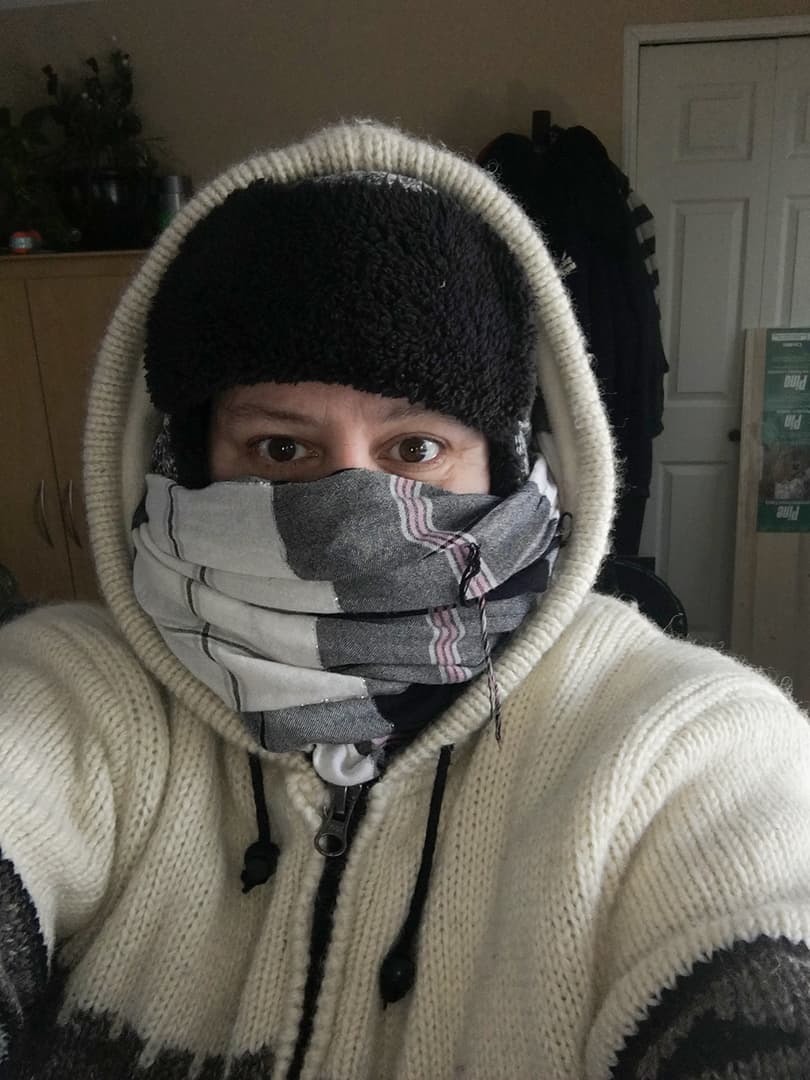
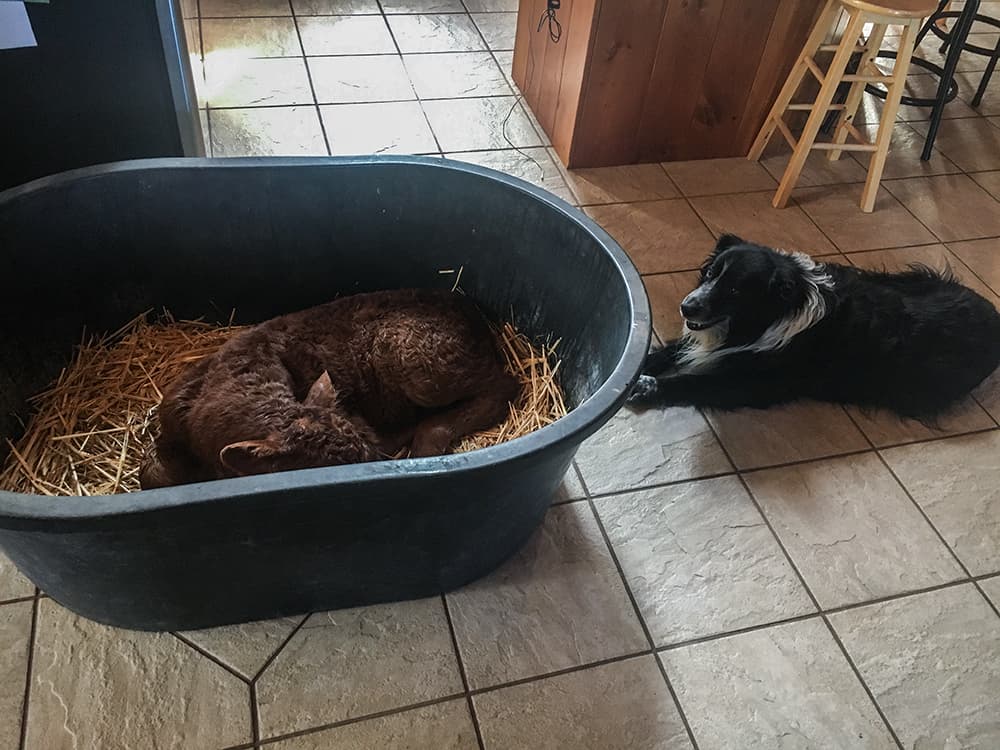

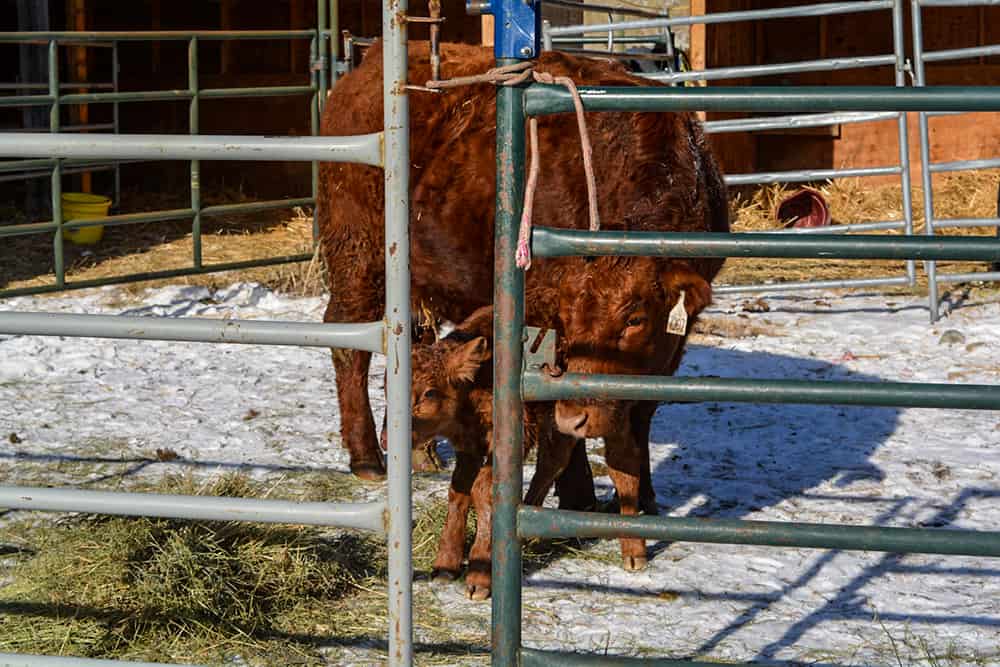
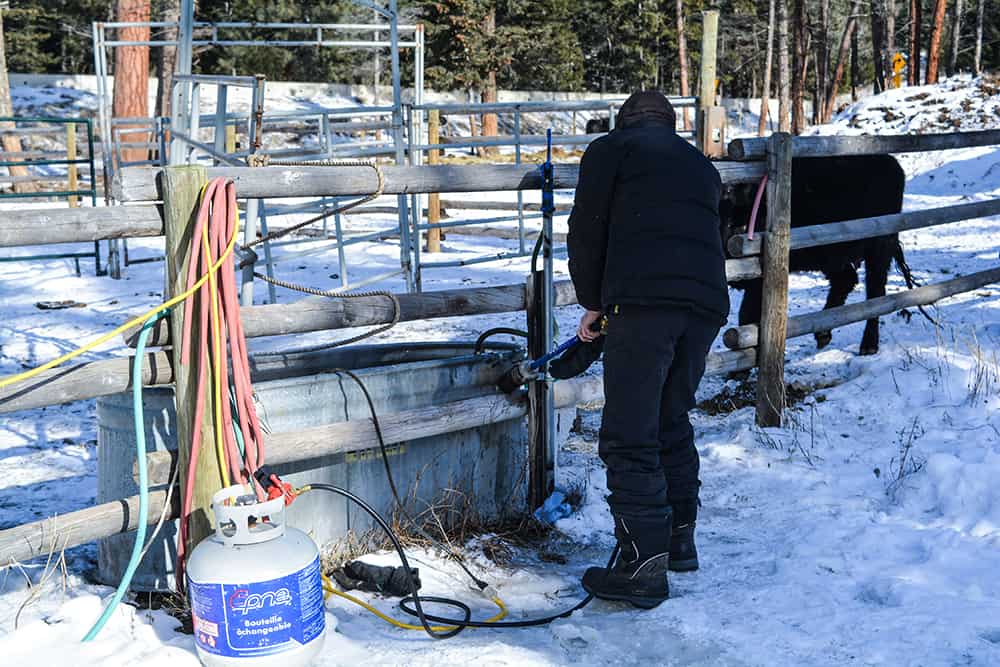


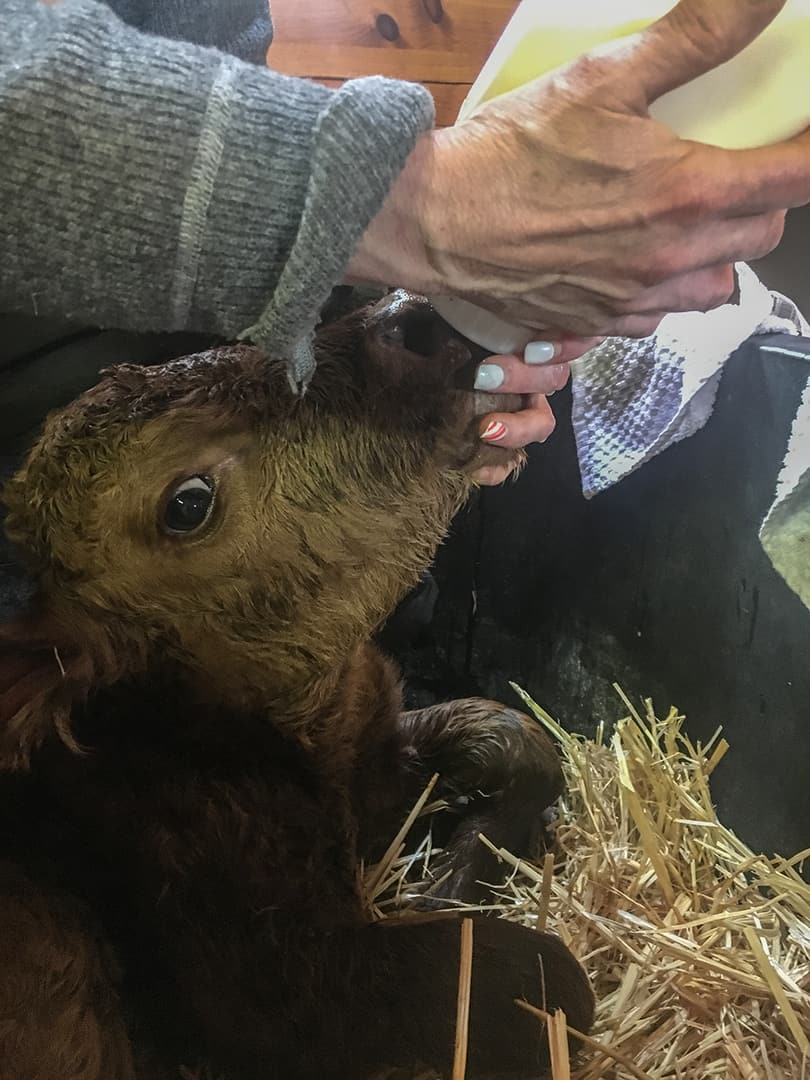
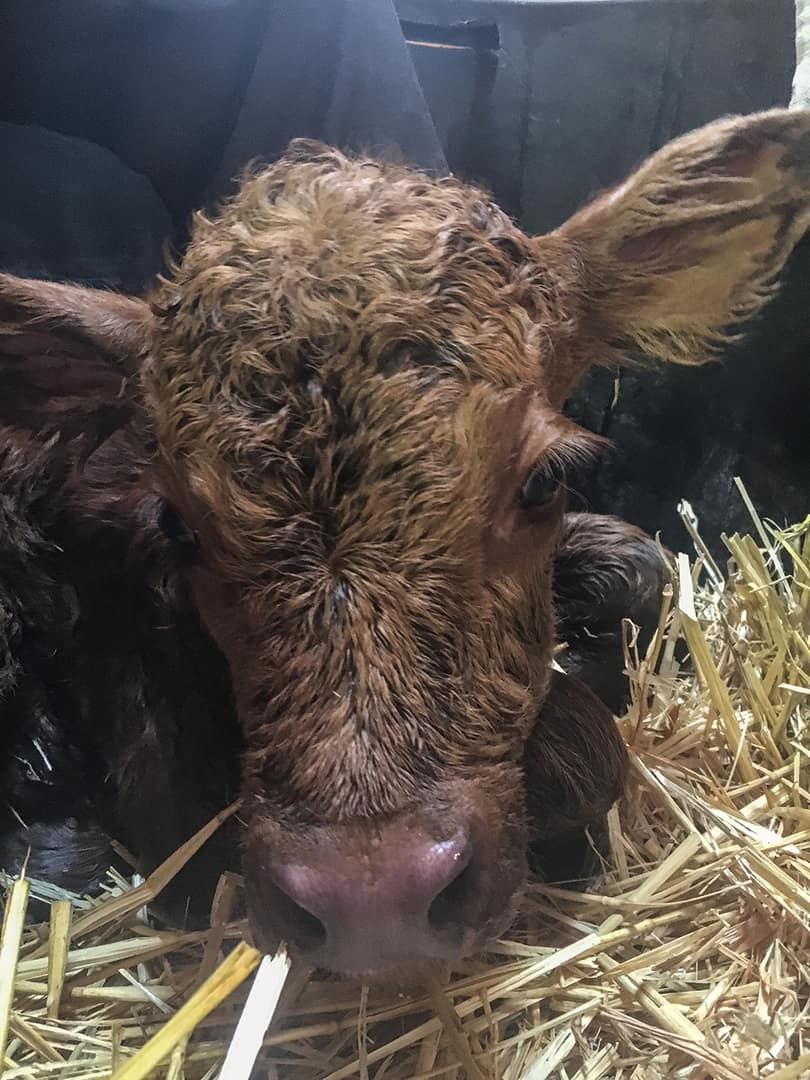
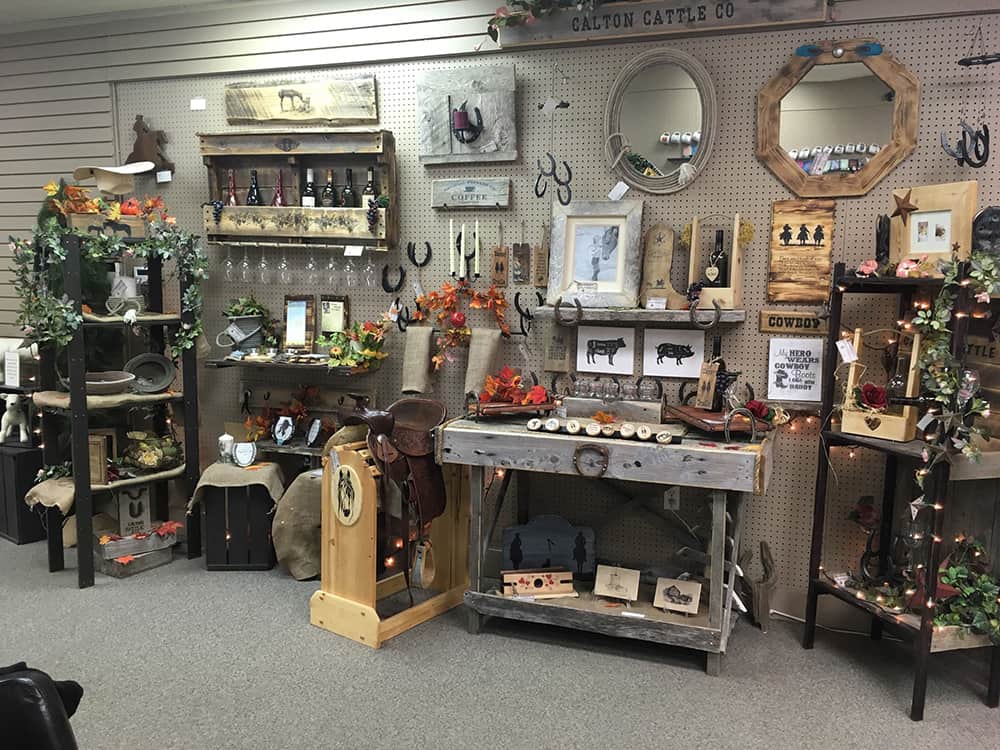

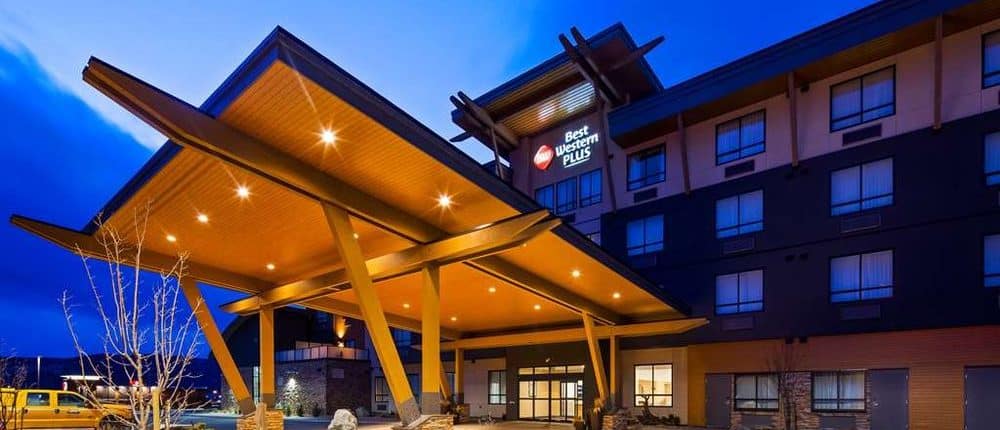





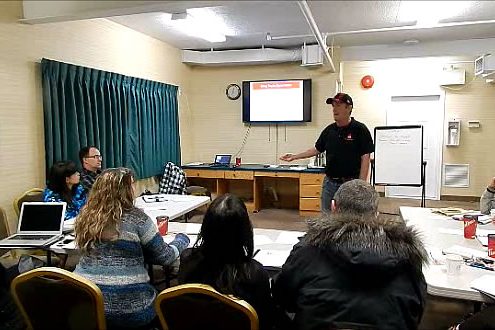
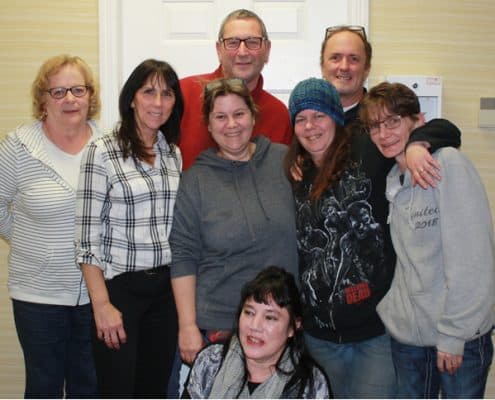
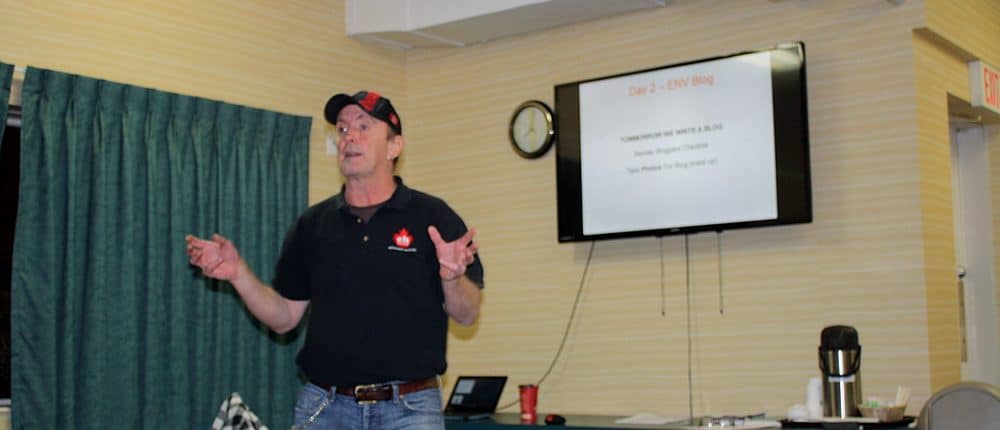



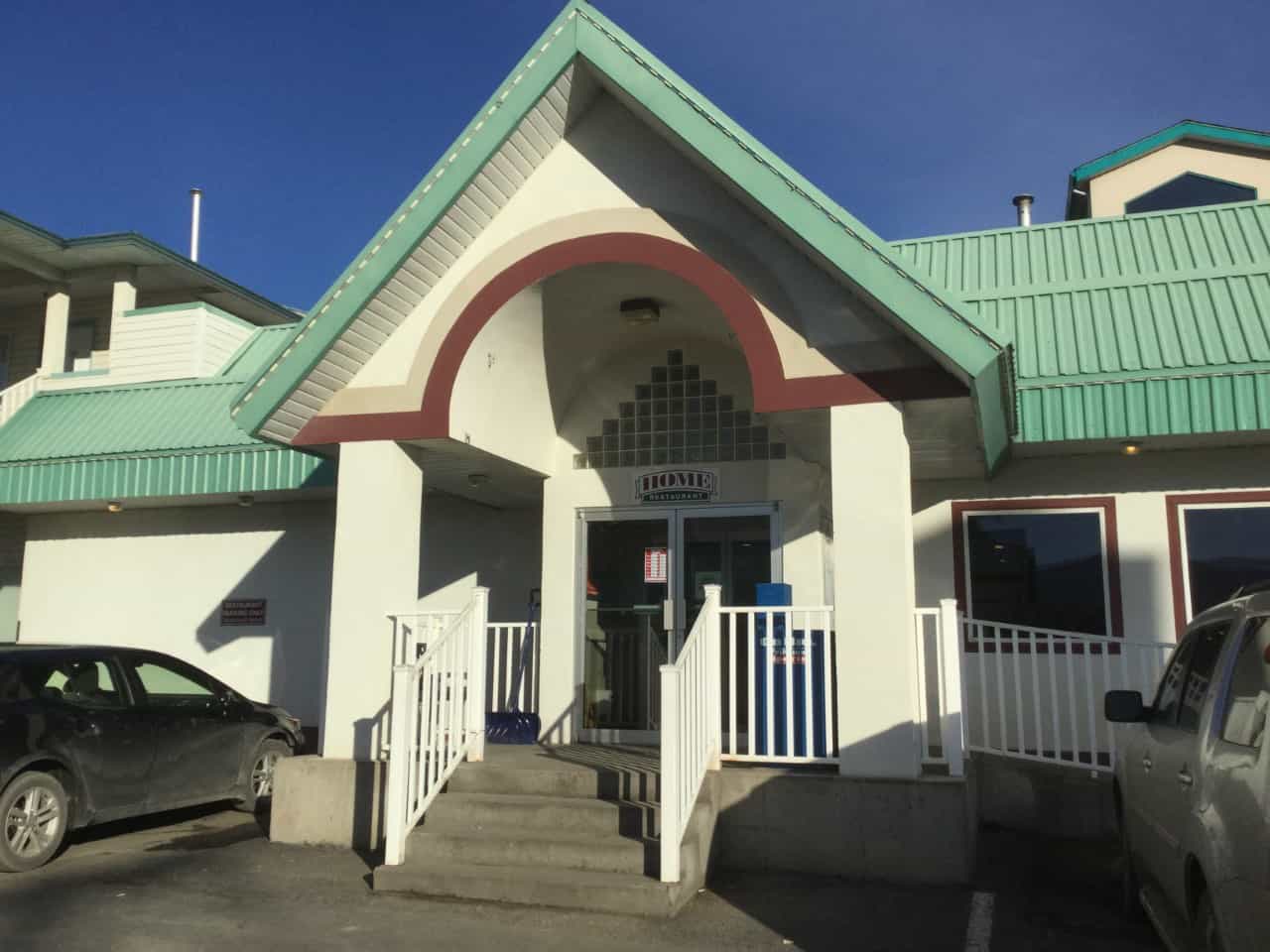










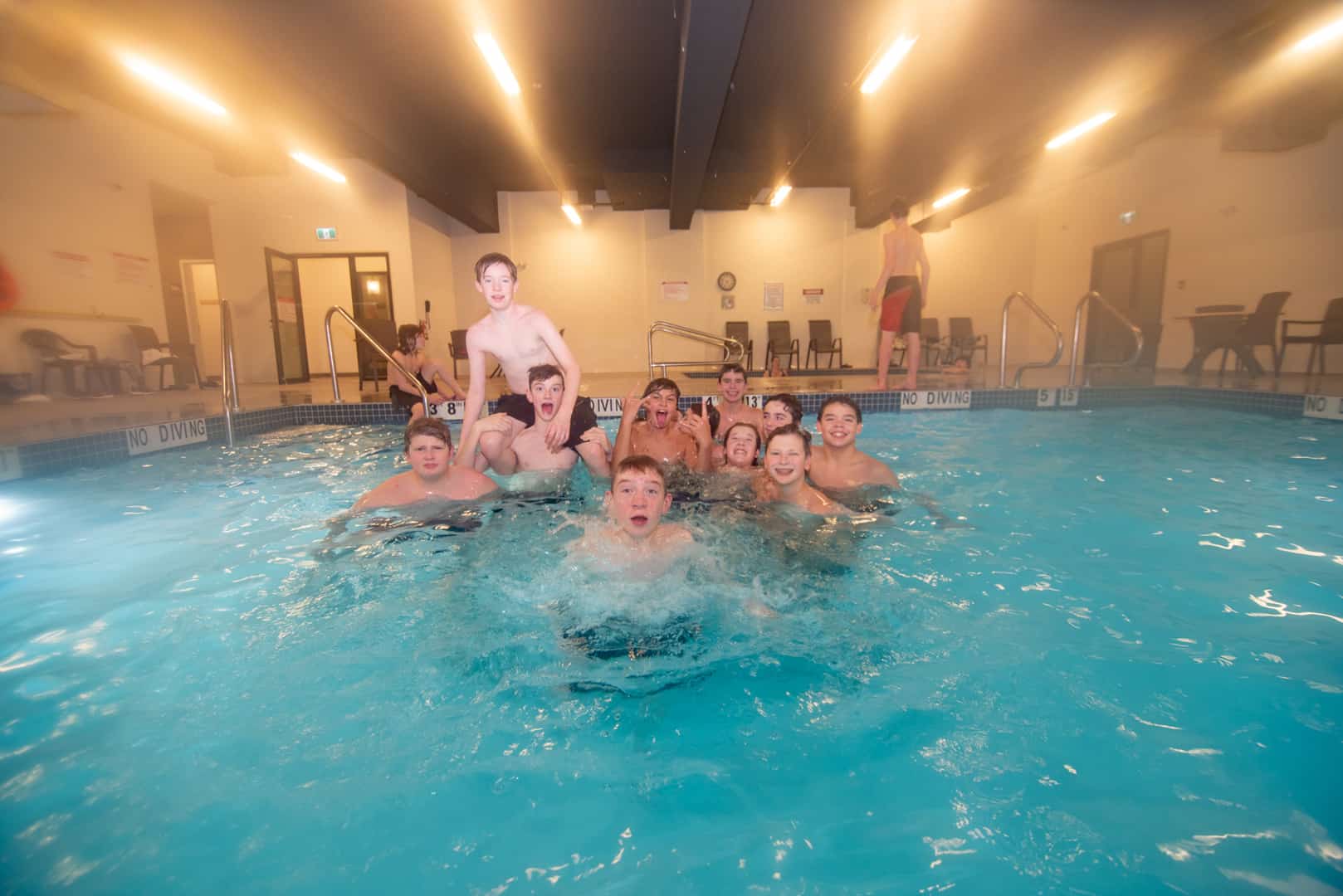 .
. 



